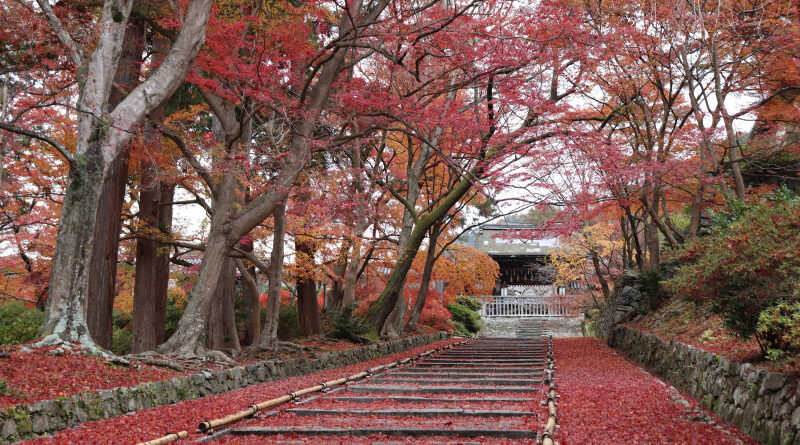
Bishamon-do: Kyoto’s Best Kept Fall Secret
On the outskirts of Kyoto City in the Yamashina district is Bishamon-do Temple. This little temple remains quiet most of the year, but every fall the temple bursts into color. Yes, sleepy Bishamon-do Temple is one of the most famous fall foliage spots in Kyoto City, yet few foreign tourists have ever heard of it.
The History of Bishamon-do
According to the temple records, the temple’s founding began in the 8th century, but historians have not been able to verify this claim. Also, originally the temple sat in the middle of Kyoto City, not Yamashina. For some reason, the temple lost popularity with the community soon after its founding, and for a time, faded into obscurity.
Later, the Taira clan revived the temple by combining it with three other temples. This temple, called Izumo Temple, enshrined a wooden statue of Bishamon-ten made out of the leftover wood Saicho, the founder of Enrayku-ji Temple, used to carve the main statue of Enryaku-ji. In the 17th century, the temple moved to its current home in Yamashina. It was also around this time that Bishamon-do began building its reputation for having a strong connection to the Imperial family.
Bishamon-do
The closest station to Mishamon-do is Yamshina Station. You have to walk north from the station for 15 minutes to reach the temple, but the road is very straightforward, so you won’t get lost. When the leaves are at their peak, there will be plenty of people in the temple, but, due to its more remote location, it will still be less crowded than other places in Kyoto.

Teshi-zaka
Even before you enter the temple itself, you will encounter one of Bishamon-do’s iconic spots, Teshi-zaka. This slope leads to Teshi-mon Gate, the main entrance to the temple. If you come at just the right time, the slope is completely covered with red leaves! Unfortunately, by the afternoon the groundskeepers sweep off most of these leaves. So you’d better come early in the morning if you wish to take beautiful photos here!
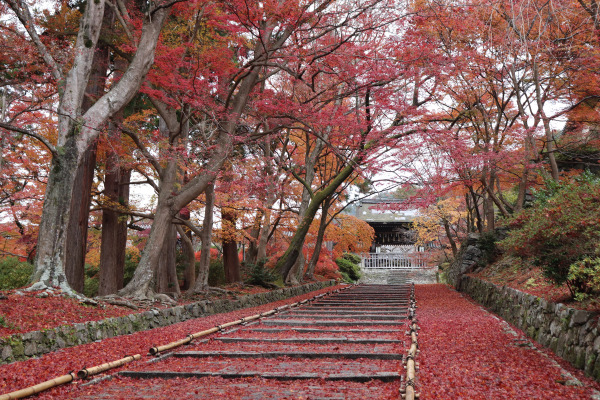
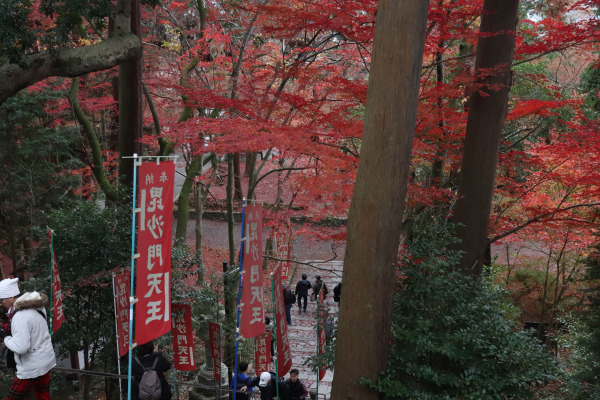
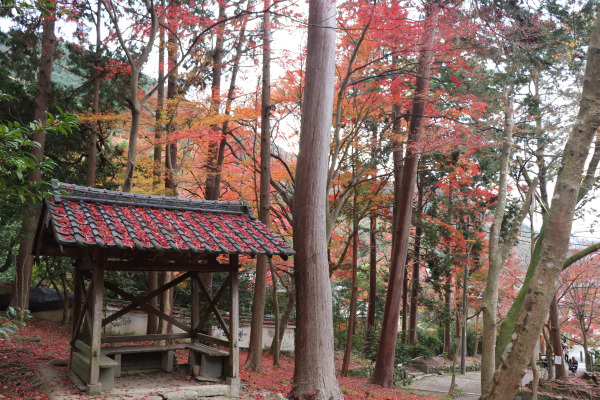
Hondo and Shinden
Once you get to the temple, you will be surprised to see the long line of people at the main temple building. But those people are in line to get a shuin (temple stamp) since Bishamon-do has a unique shuin in the fall season. If you just want to visit the temple buildings and do not want to want to get a shuin, then you don’t have to wait in line almost at all.
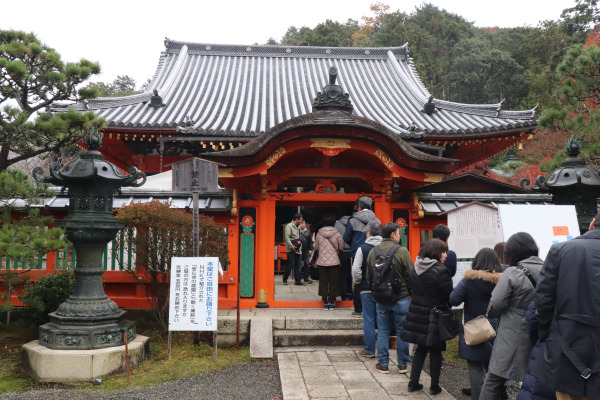
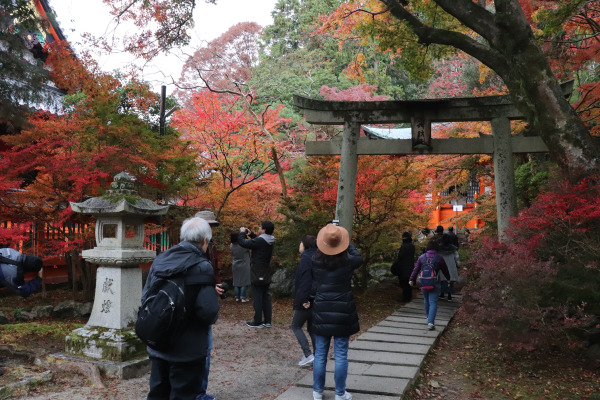
The first building you will be in is the main building, the Hondo. I was hoping we could see the main statue, Bishamon-ten, which I hear is quite tiny. Unfortunately, however, this is not open for public viewing…Regardless, they have a beautiful garden inside, so I think it is worth exploring!
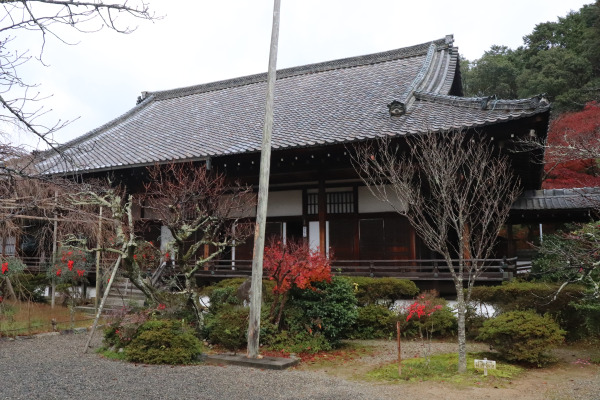
Sadly, you cannot take any photos inside the Shinden. However, inside there were many beautiful paintings, including the famous Koi-zu (carp) by Maruyama Okyo and a dragon by Kano Morinobu.
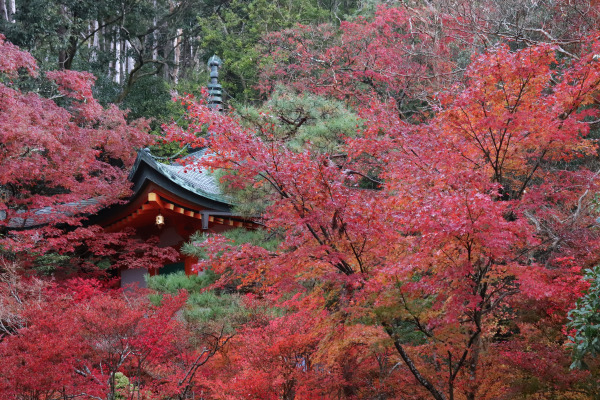

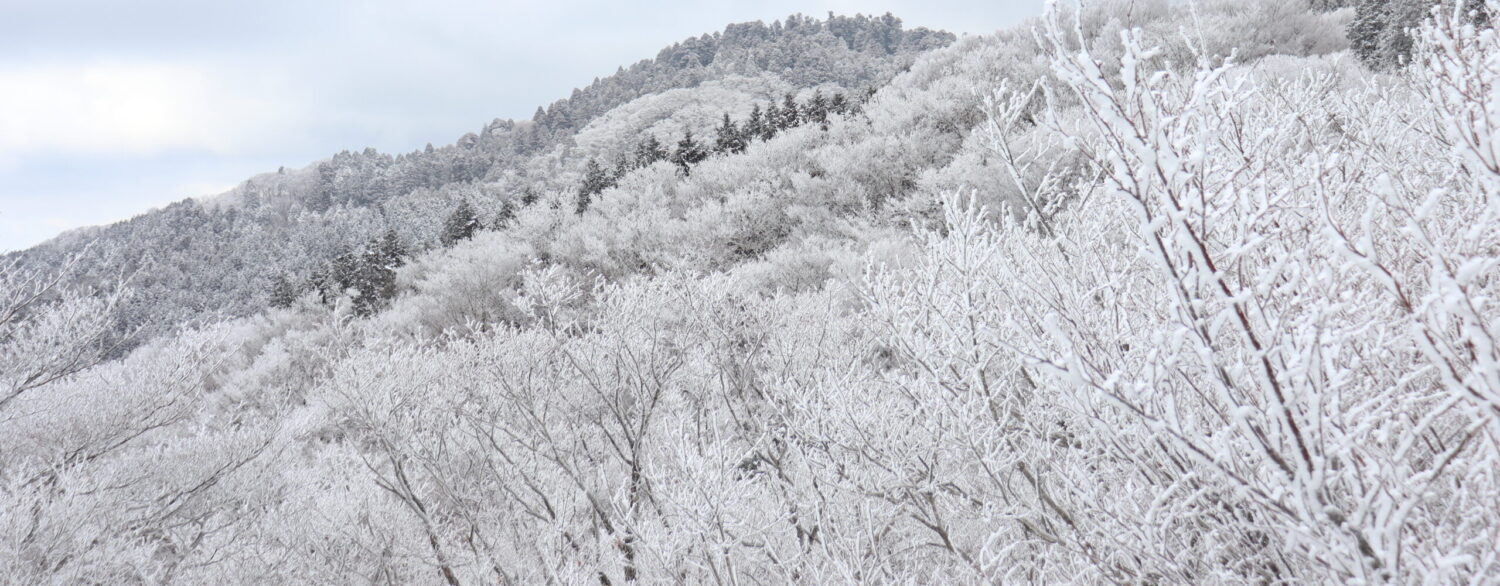
Leave a Reply